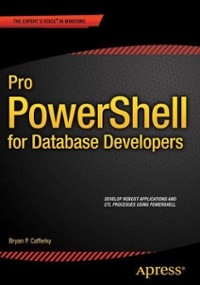Answered step by step
Verified Expert Solution
Question
1 Approved Answer
1 . a Describe the problem we end up with when encoding extremely large or extremely small fixed point numbers ( i . e .
a Describe the problem we end up with when encoding extremely large or extremely small fixed point numbers ie fractions and how it is solved on a von Neumann machine.
marks
b i Convert the decimal number to its corresponding unsigned bit binary number.
mark
ii Convert the unsigned bit binary number to its corresponding decimal number.
mark
iii. Convert the decimal number to its corresponding hexadecimal number.
mark
iv Convert the following decimal numbers to bit s complement: Then add them, giving the answer also in bit s complement.
marks
v Convert the following decimal numbers to bit s complement: Then add them, giving the answer also in bit s complement.
marks
c i Specify the decimal number in an bit binary sign and magnitude representation.
marks
ii Specify the hexadecimal in an bit binary sign and magnitude representation.
marks
iii. Convert the decimal number to the bit IEEE floating point and express your answer in hexadecimal. Reminder: the bits are used as follows: Bit : sign of mantissa, bits : bits of exponent in excess bits : bits for magnitude of mantissa.
marks
d i Describe what are the status flags, what is their purpose and where they are located in a Central Processing Unit CPU of a von Neumann machine.
marks
ii Name the three basic status flags that are used by the Arithmetic Logic Unit ALU
marks

Step by Step Solution
There are 3 Steps involved in it
Step: 1

Get Instant Access to Expert-Tailored Solutions
See step-by-step solutions with expert insights and AI powered tools for academic success
Step: 2

Step: 3

Ace Your Homework with AI
Get the answers you need in no time with our AI-driven, step-by-step assistance
Get Started


